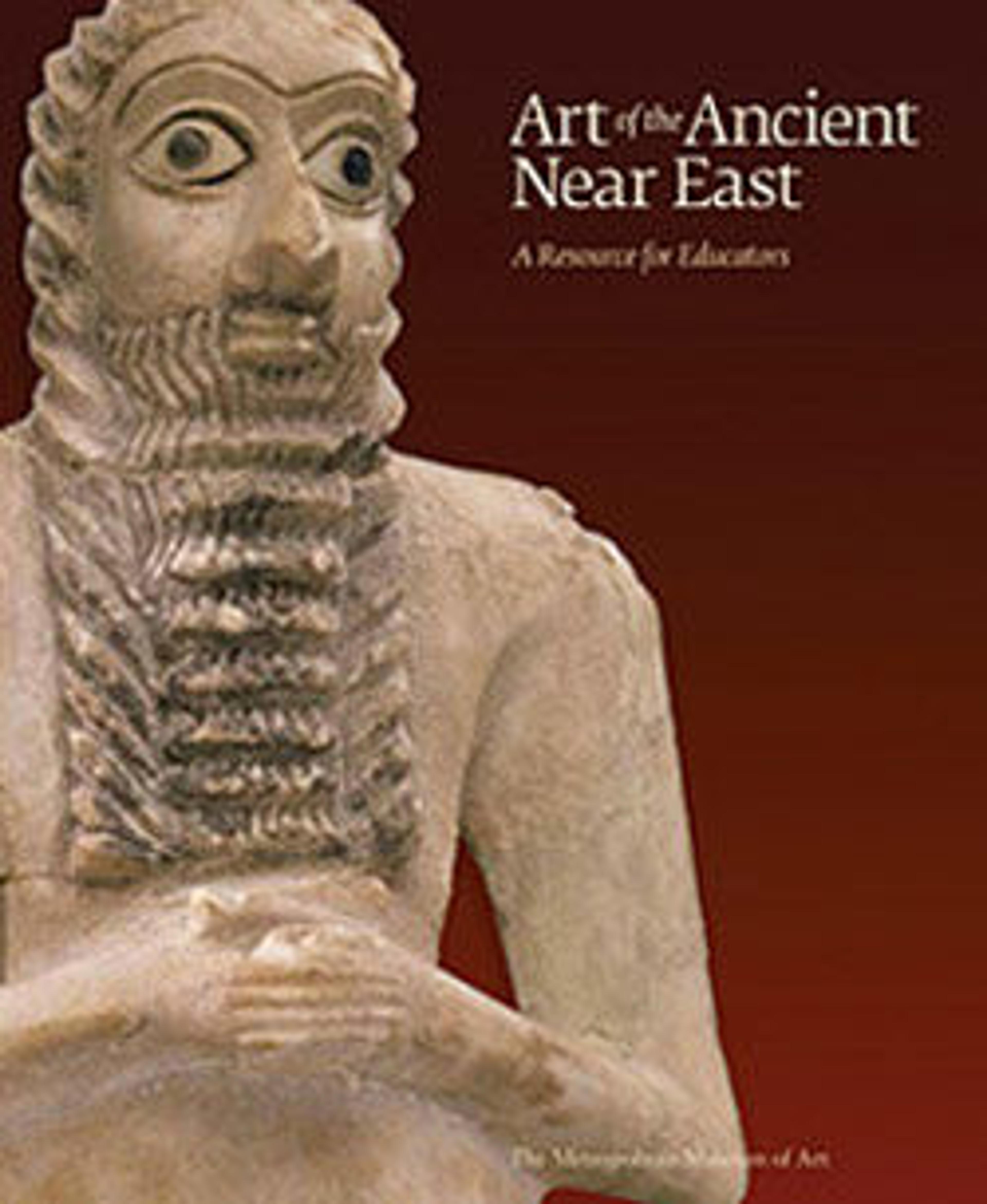
Art of the Ancient Near East: A Resource for Educators
Many features of civilization originated in the lands we call the ancient Near East, a vast and varied area from Turkey to the Indus Valley of present-day Pakistan and from the Caucasus to the Arabian Peninsula. This essential guide for K–12 educators introduces the variety and diversity of art produced by the rich and complex cultures that flourished in this region during an equally vast time period, from the eighth millennium B.C. to the middle of the seventh century A.D. Learn about the cultural, archaeological, and historical contexts for a selection of thirty works of art in the form of sculpture, silver and gold ritual vessels and objects, monumental reliefs, cuneiform tablets, and stamp and cylinder seals. Curriculum connections, discussion questions, lesson plans, and activities for a range of grade levels provide useful strategies for teaching in the classroom. The resource also includes a bibliography and glossary.
These educational materials are made possible by Rolin Foundation USA.
Met Art in Publication
Citation
Benzel, Kim, ed. 2010. Art of the Ancient Near East: A Resource for Educators. New York: Metropolitan Museum of Art.